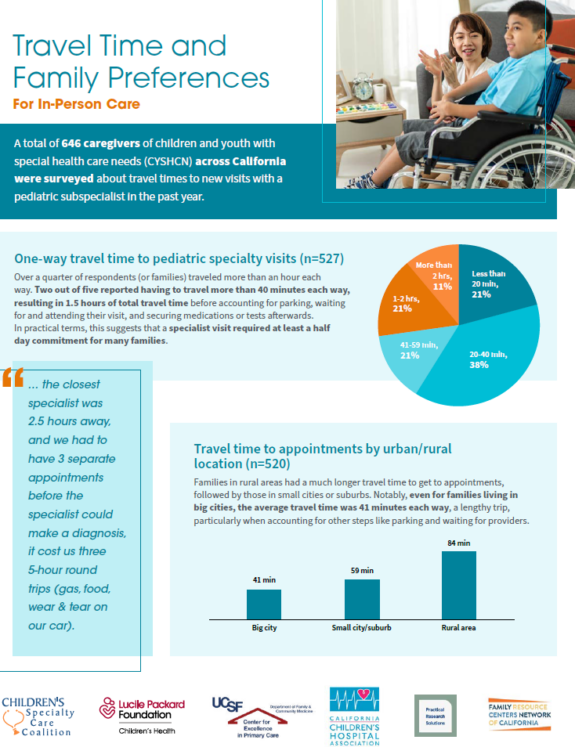Profile: Dr. Jim Marcin, Pediatric Telemedicine Program, UC Davis Children’s Hospital
Dr. James Marcin is helping realize the promise of telemedicine for children who urgently need specialized care.
Marcin, a pediatric critical care specialist who also holds a master’s degree in public health, oversees the nationally known Pediatric Telemedicine Program at the UC Davis Children’s Hospital, which has provided more than 5,500 consultations to California children since 1996.
In telemedicine, physicians and other health providers offer consultations and “virtual evaluations” to patients using teleconferencing to converse and share medical data in real time. It can be a boon for rural families and health providers who may not otherwise be able to access specialists quickly when needed.
For Marcin, who studied biomechanical engineering as an undergraduate and was interested in health policy and quality of care issues, telemedicine seemed like the perfect specialty.
“I thought this would offer everything I was hoping to do as a physician,” Marcin said. “The whole idea of being able to use telemedicine to help do a better job in the care of sick kids – for me, it was just a lucky thing. Our desire to address health disparities can be partly realized by using this technology.”
Although UC Davis’ telemedicine program more typically helps children with chronic conditions access pediatric specialists in an outpatient setting, Marcin’s own consultations focus on critically ill children in emergency situations.
Recently, he helped care for a sick child in Lodi, a rural community about 37 miles away. A 3-month-old baby was having so much trouble breathing that daycare workers were giving him rescue breaths. At the local hospital, physicians treating him gave him oxygen, but they weren’t sure whether to put him on a ventilator.
Through a telemedicine consultation, Marcin determined that less invasive treatment was more appropriate. After being transferred to Marcin’s care at UC Davis, the baby turned out to have contracted a virus that commonly causes pneumonia. He has since recovered.
“This baby might have needed a ventilator and sedation, and an I/O (intraosseous) line that’s very invasive,” Marcin said, noting that the telemedicine consultation helped determine that these interventions were not necessary, thereby reducing the baby’s risk of infection, time in hospital, and health care costs. Plus, Marcin had already established a relationship with the family through video conferencing.
Marcin said that payment barriers to telemedicine for children with special health care needs remain a challenge. Typically, doctors only get reimbursed when patients come to their offices.
“Those reimbursement battles are going to be tough and long,” Marcin said. “The unfortunate reality is, it’s always about the dollar.”
Marcin imagines a future in which telemedicine could be used to “realize the vision of a medical home” – where children in remote areas can get specialized care and ongoing treatment of chronic conditions via new mobile technologies and remote monitoring devices.
“What’s exciting to me,” Marcin said, “is to be able to monitor children with special health care needs wherever they are, and for that care to be coordinated by a primary care provider in their local community, rather than them having to come to a hospital far away.”
Learn more about Marcin here and about the Pediatric Telemedicine Program here.



